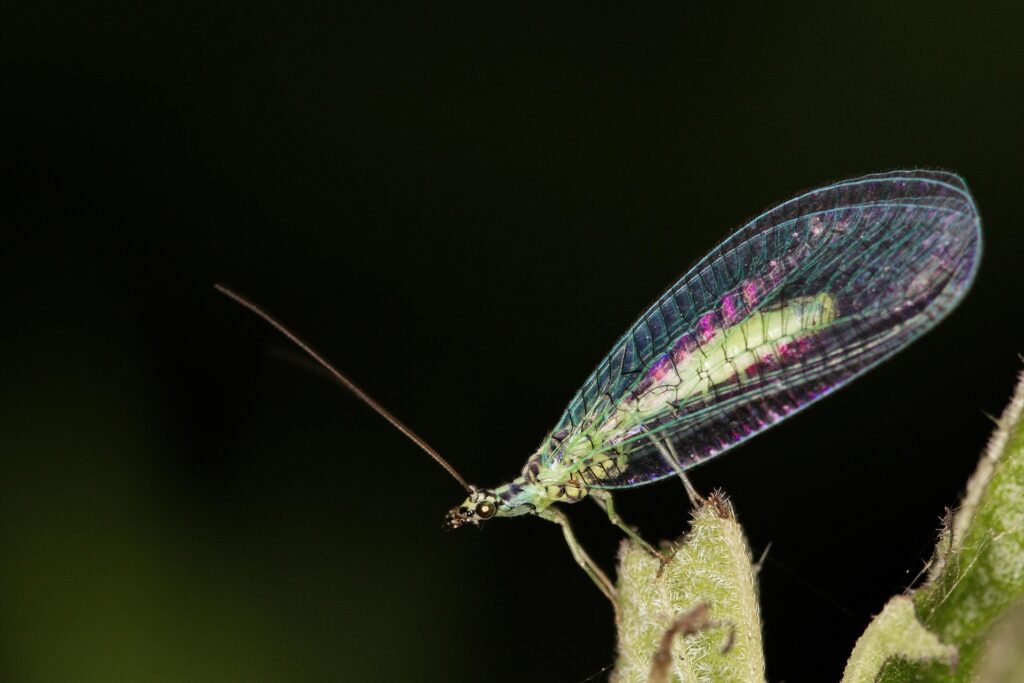Silverfish infestations in cardboard storage are a problem many homeowners overlook until it’s too late. These small, silvery pests thrive in dark, humid environments, making storage areas filled with cardboard boxes the perfect habitat for them to settle and multiply. If you store books, papers, or fabric in cardboard containers, you may be unknowingly creating an ideal environment for silverfish.
Understanding why these pests are so attracted to cardboard and taking steps toward pest-proof storage can help protect your valuable belongings.
Why Silverfish Are Drawn to Cardboard
Silverfish have a specific diet that includes materials rich in starch, cellulose, and adhesives. Cardboard is particularly appealing to them because it contains all these components in abundance. The paper fibers provide essential nutrition, while the glue that binds the boxes together serves as an additional food source. Over time, silverfish can significantly weaken cardboard by chewing through it, leaving behind small holes and noticeably frayed edges.
Beyond just being a food source, cardboard boxes also offer excellent hiding spots for these nocturnal pests. Stacked boxes create dark, enclosed spaces where silverfish can live undisturbed for long periods. If these boxes happen to be stored in naturally humid areas like basements, attics, or closets, the environment becomes even more attractive to silverfish looking for a place to establish colonies.
Signs of Silverfish Activity in Cardboard
Here are some signs you might be dealing with a silverfish problem in the storage areas of your home.
Small Holes and Chewed Edges
If you notice tiny holes or frayed edges on your cardboard storage containers, silverfish may be actively feeding on the material. These distinctive marks are typically found along the corners or near seams where glue is most concentrated. As the infestation progresses, this damage becomes more noticeable and widespread.
Yellowish Stains or Scales
Throughout their lifecycle, silverfish regularly shed their skin as they grow. If you find small, translucent scales or distinctive yellowish stains on your stored items or the boxes themselves, it may indicate an active infestation. These shed skins are often clustered in areas where silverfish frequently feed or rest.
Tiny Black Droppings
Silverfish leave behind small, dark fecal pellets that closely resemble specks of pepper or dirt. If you notice these tiny black droppings near your cardboard storage or on the items inside, it’s a strong indication that silverfish are actively living in the area. You’ll often find these droppings concentrated in corners or along edges where silverfish travel regularly.
Unusual Movement in Storage Areas
Since silverfish are nocturnal and move quickly, you might not see them during regular activities. However, if you disturb a stack of boxes and notice something small darting away rapidly, it could very well be a silverfish seeking cover. Their distinctive fish-like movement pattern and silvery color make them recognizable when spotted.
Why Cardboard Storage Puts Your Belongings at Risk
Keeping valuable items in cardboard boxes significantly increases the likelihood of pest damage over time. Once silverfish infestations begin in one box, they can easily spread to others nearby, potentially affecting books, important documents, photographs, and even clothing. This damage can become irreversible, especially if moisture is also present in your storage area.
When cardboard boxes become damp—which happens easily in basements and attics—they not only attract more silverfish but also encourage mold growth, compounding the damage to your belongings. Storing items in poorly ventilated spaces dramatically increases the risk of these infestations spreading throughout your home and causing extensive damage before you even realize there’s a problem.
Pest-Proof Storage Solutions for Silverfish Prevention
Here are some ways to help you avoid attracting silverfish to your cardboard boxes. If you feel as though you have an infestation, it is always a good idea to consider silverfish control from a professional pest control service.
Use Plastic Storage Bins
Plastic bins with tight-sealing lids provide a much better alternative to cardboard boxes for long-term storage. Unlike cardboard, plastic containers don’t contain starch or glue, making them far less attractive to silverfish. They also create an effective barrier that protects your contents from moisture and other pests that might be present in storage areas.
Store Items in Climate-Controlled Spaces
Keeping your storage areas dry and well-ventilated significantly reduces humidity levels, making these spaces much less appealing for silverfish to inhabit. Consider using dehumidifiers in basement storage areas and avoid storing items directly on concrete floors where moisture can seep into boxes. Proper ventilation and climate control create conditions that discourage silverfish from establishing colonies.
Reduce Clutter and Rotate Stored Items
Stacked, undisturbed boxes create ideal hiding places for silverfish to thrive undetected. Make it a habit to periodically move and inspect stored items, which helps detect silverfish activity early and prevents infestations from growing to problematic levels. This regular maintenance is especially important for items you plan to store for extended periods.
Keep Paper and Fabric Items Secure
If you must store paper, books, or clothing long-term, take extra precautions by placing these particularly vulnerable items in sealed containers rather than open cardboard boxes. Consider adding silica gel packets to absorb excess moisture and use acid-free tissue paper between items. Silverfish will aggressively target these materials if left exposed in cardboard storage.
When to Call the Professionals
If you continue to find repeated signs of silverfish activity despite implementing preventive measures, you may be dealing with an established infestation that requires professional attention. Silverfish reproduce quickly in favorable conditions, and once they establish themselves in your home, they can spread to multiple areas beyond your storage spaces.
Our pest control experts can provide a thorough inspection of your property to identify all potential silverfish harborage areas and create an effective treatment plan. Get a free quote today to learn how we can help eliminate these pests and prevent them from damaging your valuable belongings.









